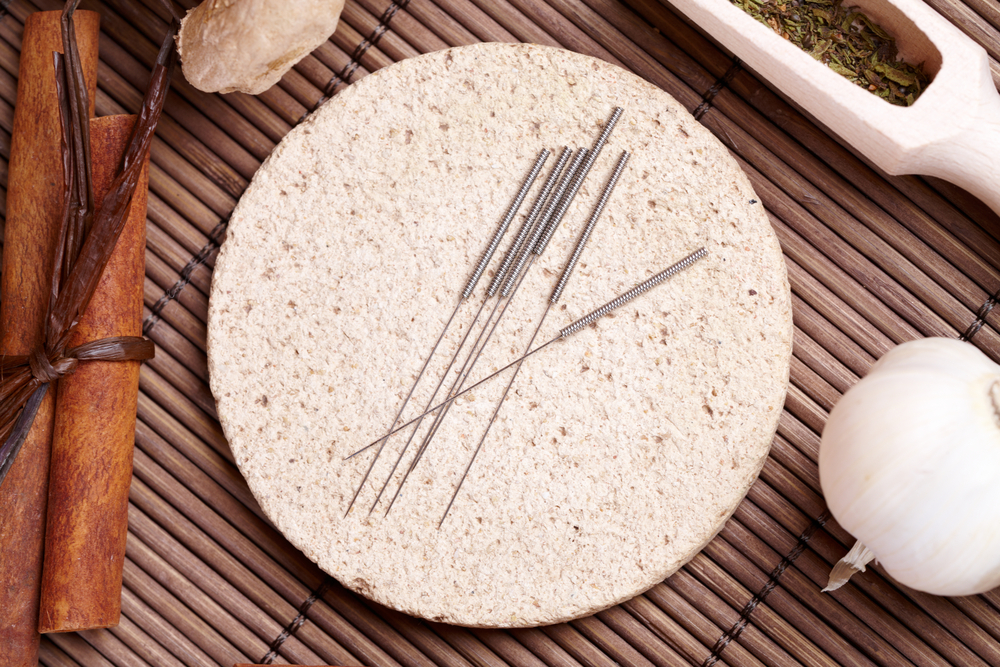

Are you plagued by chronic headaches?
More than 45 million Americans (one in six) suffer from chronic headaches, and 20 million of them are women.
Scientific research shows that acupuncture can be more effective than medication in reducing the severity and frequency of chronic headaches.
The pain that a headache and migraine sufferers endure can impact every aspect of their lives.
Acupuncture is a widely accepted form of treatment for headaches and can offer powerful relief without the side effects that prescription and over-the-counter drugs can cause.
Headaches and migraines, as well as their underlying causes, have been treated successfully with acupuncture and Oriental medicine for thousands of years.
They can be used alone in the management and treatment of headaches, or as part of a comprehensive treatment program.

Acupuncture and Oriental medicine do not recognize migraines and chronic headaches as one particular syndrome.
Instead, these approaches aim to treat the specific symptoms that are unique to each individual using a variety of techniques including acupuncture, tuina massage, and energetic exercises to restore balance in the body.
Therefore, your diagnosis and treatment will depend on a number of variables.
Your answers to these questions will help your practitioner create a treatment plan specifically for you.
The basic foundation of Oriental medicine is that there is a life energy flowing through the body which is termed Qi (pronounced chee). This energy flows through the body on channels known as meridians that connect all of our major organs.
According to Oriental medical theory, illness or pain arises when the cyclical flow of Qi in the meridians becomes unbalanced. 
Acupuncture stimulates specific points located on or near the surface of the skin to alter various biochemical and physiological conditions that cause aches and pains or illness.
The length, number and frequency of treatments will vary. Some headaches, migraines and related symptoms are relieved after the first treatment, while more severe or chronic ailments often require multiple treatments.

Large Intestine 4 is such a powerful acupuncture point for headaches that it is often referred to as "the headache point."
It is located on the padded area of your hand between the thumb and index finger, between the first and second metacarpal bones. Massage this point with your thumb on both hands for approximately 30 seconds.

It has a calming and soothing effect on the body, and is often used to treat headaches. Rub peppermint essential oil across your forehead and temples to relieve a tension headache or inhale a peppermint steam treatment to treat a sinus headache. Adding 10-15 drops of peppermint oil to a warm bath is another great way to relax, reduce muscle tension and relieve a headache.

Numerous clinical studies have shown that ginger can be used to relieve headaches. Researchers believe it does so by relaxing the blood vessels in the head and diminishing swelling in the brain.
Ginger also activates natural opiates in the brain that relieve pain, and reduce prostaglandins, which are responsible for causing inflammation.
To contact Dr. Anna, please visit www.moveyourqi.com.
